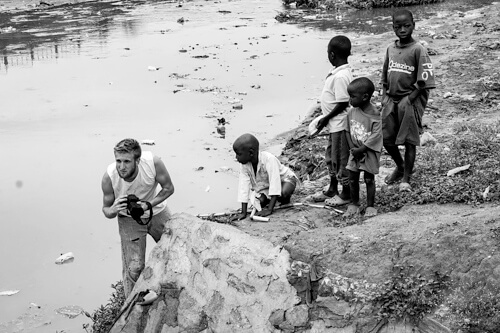Born in Upstate NY, USA to a blue-collar upbringing, I was quickly drawn to the rugged environments of the outdoors.
This inevitably led to an unrelenting quest for exploration and travel, always driven by a curiosity of what the world is and what it can be.
Like many, I first became interested in the photography from Nat Geo magazines, looking at images of the vastly different cultures and habitats around the globe produced by the countless photographers who would grow to be my idols.
The aesthetic quality of a physical print really drew me in, photos that can depict a specific situation while also speaking to a larger issue or narrative resonated with me and inspired me to first pick up a camera.
I believe we are all story tellers in some way, shape, or form. For me being able to effectively do just that in a single frame has always been the goal. Having the opportunity to cover important issues, and to present them in a powerful light that will ideally create some sort of change or impact others to consider the world we live in, is the ultimate goal. Traveling the globe in pursuit of various projects, I have found my works range from humanitarian aid, human rights, and environmental issues.
Discover Brad Patocka's Interview